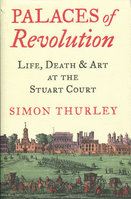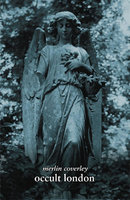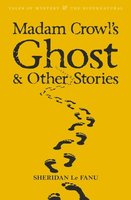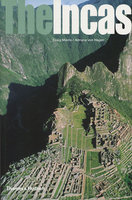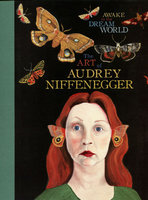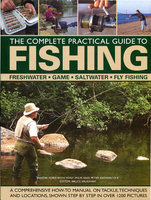New, Quality Books - 50-90% off, over 2500 titles
Your basket is empty.
Categories Last Chance to buy! SHAKESPEARE MOTLEY: An Illustrated Assortment
SHAKESPEARE MOTLEY: An Illustrated Assortment
Book number: 92105
Product format: Hardback
In stock
Bibliophile price
£5.75
Published price
£12.95
Customers who bought this product also bought
|
PALACES OF THE REVOLUTION
Book number: 91939
Product format: Hardback
Bibliophile price
£7.00
Published price
£25
|
OCCULT LONDON
Book number: 92465
Product format: Paperback
Bibliophile price
£5.00
Published price
£9.99
|
|
|
|
AWAKE IN THE DREAM WORLD: The Art of Audrey Niffenegger
Book number: 92644
Product format: Hardback
Bibliophile price
£8.00
Published price
£25
|
COMPLETE PRACTICAL GUIDE TO FISHING
Book number: 92750
Product format: Hardback
Bibliophile price
£6.50
Published price
£20
|
Browse these categories as well: Last Chance to buy!, History, Literature & Classics











